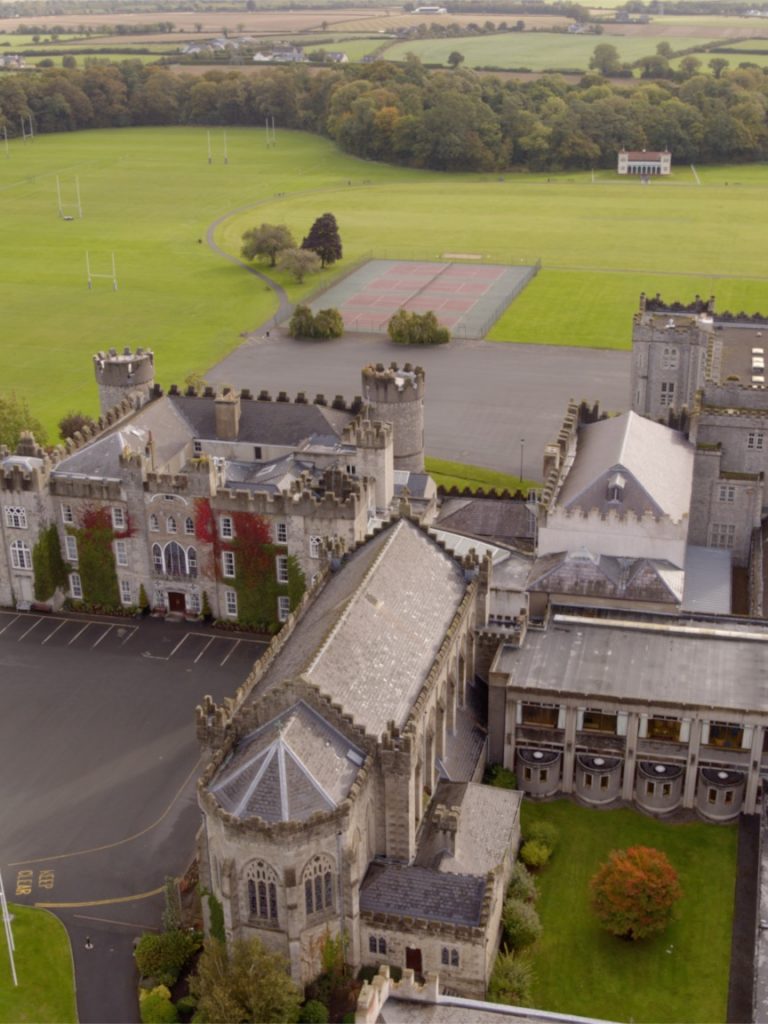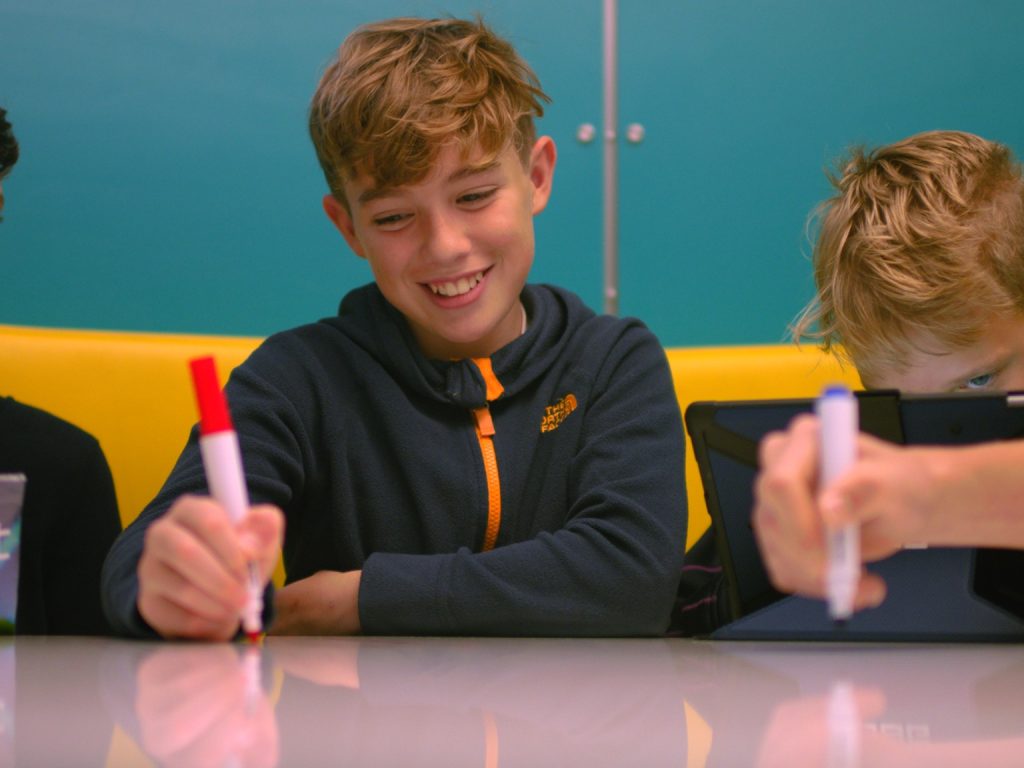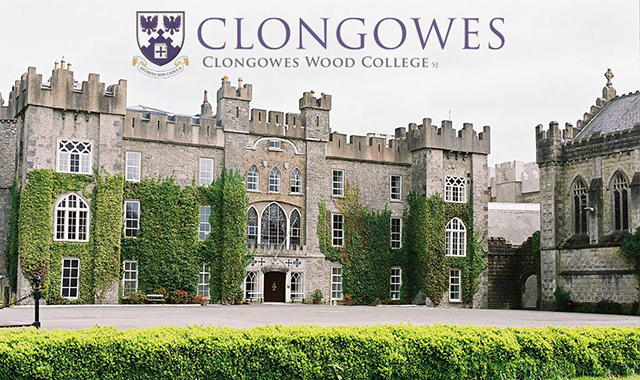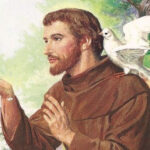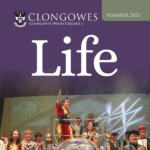Science can be found in both living and non-living things in the world around us. Science helps students understand the role of science in our lives and in the world. Students will be able to understand how scientists work and how scientific theories evolve over time by the end of the Junior Cycle.
The Nature of Science: This is the overarching theme that focuses on how science works, conducting experiments, communicating with science, and gaining an understanding of the function of science and its contribution to society.
The Chemical World: This strand is concerned with the study of matter and its transformations. Students gain an understanding of matter’s structure and properties, as well as the changes it undergoes and the energy involved, as they research this strand. They learn to express their understandings through the use of representations, symbols, and chemistry conventions.
Earth and Space: This strand focuses on students’ understanding of the structure of the universe as well as certain astronomical organizing concepts. Students investigate the connections between various astronomical phenomena and evidence for the universe’s history.
Physical World: This includes studying physical phenomena, typically in relation to motion, energy, and electricity. Via effective experiments, students gain an understanding of fundamental concepts such as length, time, mass, and temperature. This helps them to establish a sense of scale and proportional reasoning at the same time, as well as recognize the need for common units.
Biological World: This strand teaches students about living beings and how they communicate with one another and with their surroundings. This strand also introduces to the cell as the basic unit of life and how characteristics are passed on from generation to generation. learn about the diversity of life, life processes, and how life has changed over time.


